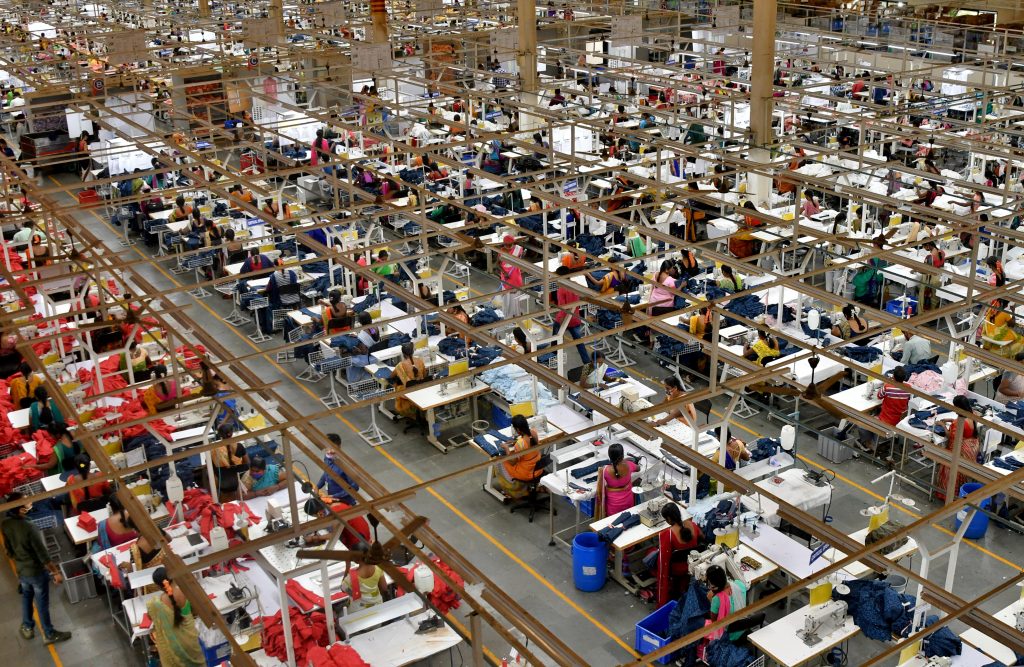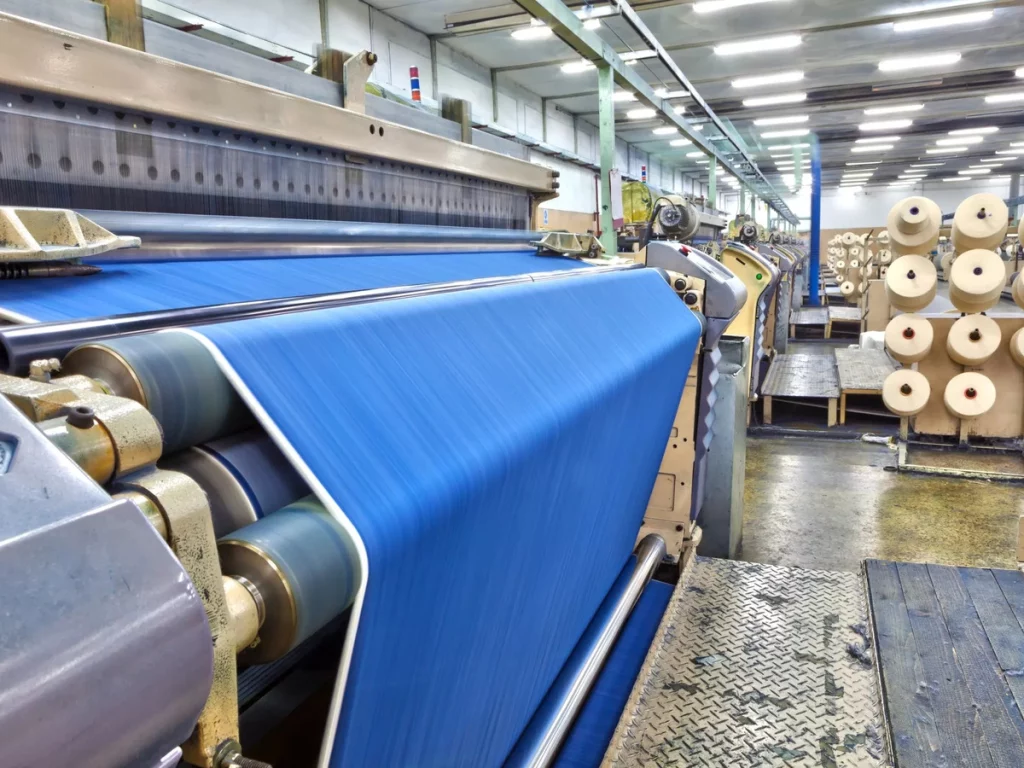The textile and garment industry is one of the oldest and largest industries in India, with a rich history dating back to ancient times. Today, the industry is a significant contributor to India’s economy, generating employment for millions of people and earning substantial foreign exchange through exports.
The textile industry in India is diverse and covers a range of activities from fiber production, yarn spinning, fabric weaving, dyeing, printing, and garment manufacturing. The industry is primarily based in the states of Gujarat, Maharashtra, Tamil Nadu, Uttar Pradesh, and West Bengal, which are known for their textile clusters.
The textile industry in India has a rich tradition of producing a wide range of fabrics, including cotton, silk, wool, jute, and synthetic fibers. India is the second-largest producer of cotton in the world, with a production of over 30 million bales annually. The cotton textile industry is the largest segment of the Indian textile industry, accounting for over 70% of the total production.
India’s garment industry is also a significant contributor to the economy, providing employment to over 45 million people, both directly and indirectly. The industry is dominated by small businesses and medium-sized enterprises, with a few large players as well. The garment industry in India produces a wide range of products, including traditional wear, casual wear, formal wear, and sportswear.
India’s textile and garment industry has undergone significant changes in recent years, with the government taking various initiatives to promote the industry’s growth. One such initiative is the Make in India program, which aims to make India a manufacturing hub and increase the share of manufacturing in the country’s GDP. The program has been particularly successful in attracting foreign investment in the textile and garment industry, leading to the establishment of several new textile and garment units in the country.
Another significant initiative taken by the government is the Technology Upgradation Fund Scheme (TUFS), which provides financial assistance to textile and garment units for modernizing their machinery and equipment. This has helped the industry to adopt new technology, improve productivity, and enhance the quality of its products.
The Indian textile and garment industry is also known for its strong ethical practices and sustainability initiatives. Many companies in the industry have adopted sustainable practices, such as using eco-friendly dyes, recycling water, and reducing energy consumption. The industry has also taken significant steps towards improving the welfare of workers, such as providing safe working conditions, fair wages, and social security benefits.
The textile industry is a crucial sector of the global economy that plays a significant role in the development and growth of many countries. Here are some of the reasons why the textile industry is important:

1. Employment: The textile industry is one of the largest employers in the world, providing jobs to millions of people. It provides employment opportunities to both skilled and unskilled workers, thus contributing to the economic development of a country.
2. Contribution to GDP: The textile industry is a significant contributor to many countries’ Gross Domestic Product (GDP). In fact, it is one of the most important sectors in developing countries, where it accounts for a significant portion of the GDP.
3. Exports: The textile industry is a major exporter of goods, which generates foreign exchange for many countries. The export of textile products also helps to improve the balance of trade, thus contributing to the economic growth of a nation.
4. Innovation: The textile industry is a highly innovative industry, constantly developing new materials and fabrics that can be used in various applications. This has led to the development of new industries such as technical textiles and smart textiles, which have a wide range of applications in different fields.
5. Sustainable development: The textile industry is making efforts to become more sustainable by reducing its impact on the environment. Many companies are adopting sustainable practices, such as using eco-friendly materials, reducing waste, and conserving water and energy.
Overall, the textile industry is an important sector that contributes significantly to the economy of many countries. It provides employment, generates income, and drives innovation, making it a vital part of the global economy.

Conclusion
With a rich history in textiles, India is home to a vast network of textile and garment manufacturers, with a diverse range of products that cater to both domestic and international markets. The industry is a significant source of employment, providing jobs to millions of people, especially in rural areas, and has been instrumental in reducing poverty and promoting inclusive growth.
Additionally, the industry’s contribution to exports has also helped improve the country’s balance of trade. While the industry faces challenges such as competition from other countries, rising costs, and the need to adopt sustainable practices, it has shown resilience and adaptability, with companies adopting new technologies and processes to improve their efficiency and competitiveness.
Overall, the garment and textile industry in India is a dynamic and vital sector that has made significant contributions to the country’s economic development and is poised for continued growth in the years to come.















